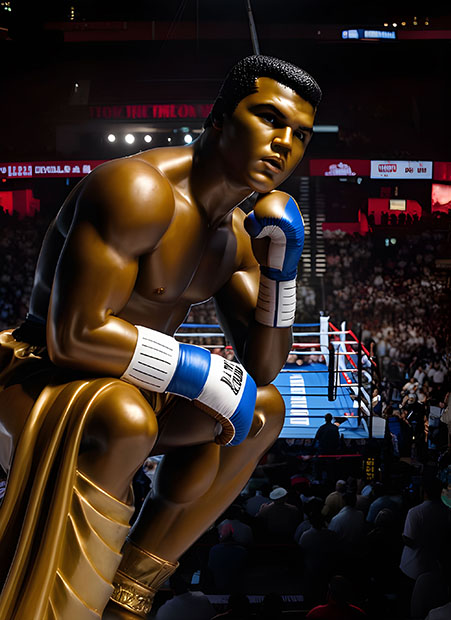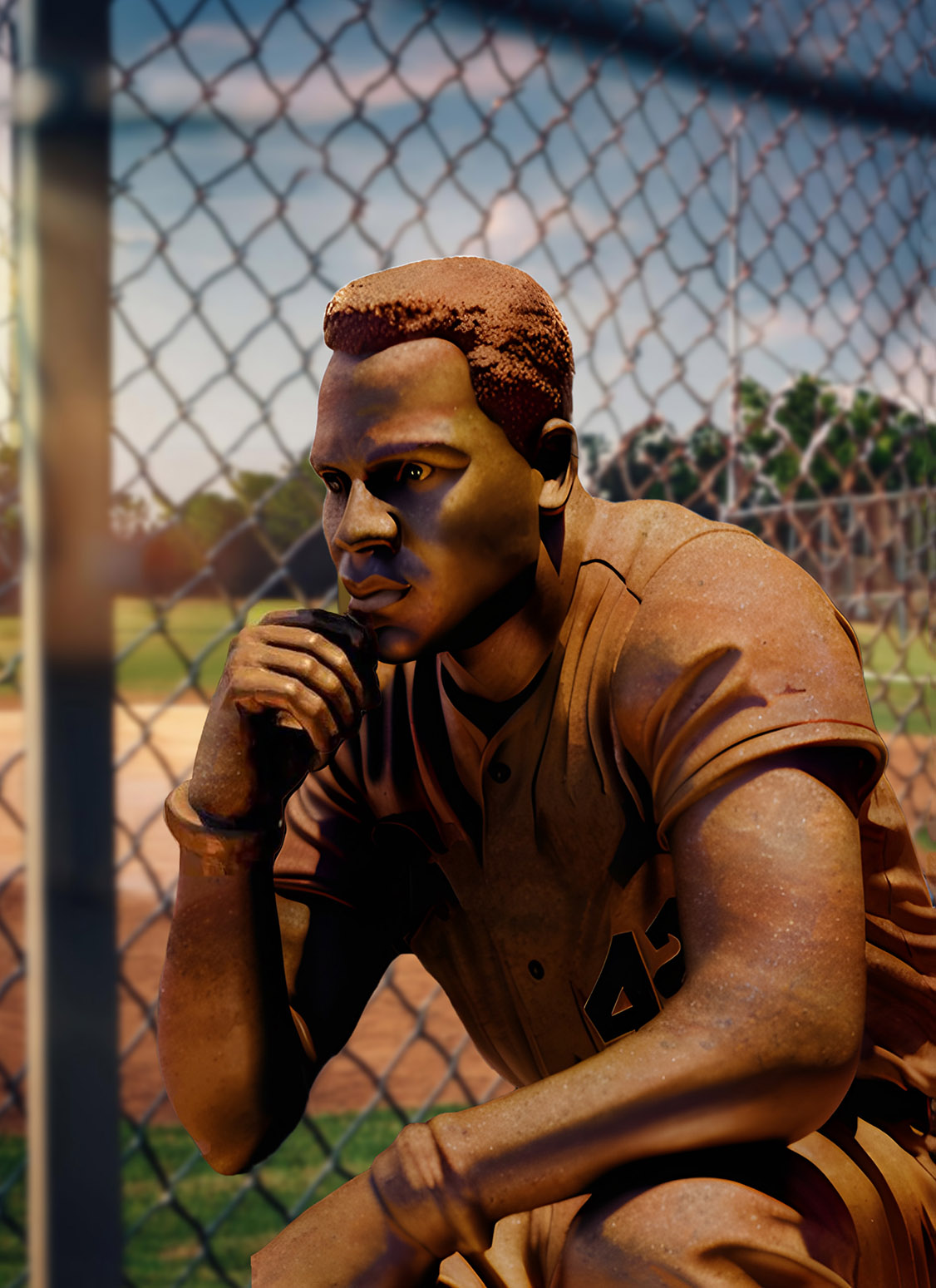Jackie Robinson wasn’t just a baseball player; he was a trailblazer who fundamentally changed American society. Born in Cairo, Georgia, Robinson broke Major League color barrier when he started at first base for the Brooklyn Dodgers on April 15, 1947. This historic moment required not just exceptional athletic ability, but extraordinary courage and self-control, as Robinson faced brutal racism with a dignified restraint that was as strategic as it was powerful.
Before joining the Dodgers, Robinson was a four-sport star at UCLA and an officer in the U.S. Army, where he fought against racial discrimination by refusing to move to the back of a military bus – an act that resulted in his honorable discharge. Branch Rickey, the Dodgers’ president, chose Robinson not only for his athletic prowess but for his character and education, knowing the first Black MLB player would need unprecedented strength to succeed.
Robinson’s impact went far beyond the baseball diamond. He used his prominence to advocate for civil rights, testifying before Congress, writing newspaper columns, and supporting the NAACP. His success opened doors for other Black players and helped catalyze the civil rights movement. After baseball, he became the first Black vice president of a major American corporation (Chock Full o’ Nuts) and established the Jackie Robinson Foundation to provide educational opportunities for minority students.
His legacy is not just about his athletic achievements – a .311 career batting average, six All-Star selections, and induction into the Baseball Hall of Fame – but about his courage and determination to stand up against injustice, inspiring generations. Every April 15, all MLB players wear number 42 in his honor, the only number retired across all teams in the sport’s history.
Jackie Robinson’s Statue
The statue captures Robinson in a thoughtful moment, cast in sandstone and positioned at a baseball field. The piece shows him in his Dodgers uniform, conveying both athletic power and intellectual depth. His expression carries the quiet determination that defined his pioneering role in baseball and civil rights. The muscular rendering of his form speaks to his athletic prowess, while his contemplative pose suggests the weight of his historical significance. Set against the backdrop of a baseball field with its distinctive chain-link fencing, the statue places Robinson in his element while emphasizing his role as both insider and outsider.
More Thinkers to Explore

Muhammad Ali

Maya Lin

John Lennon

